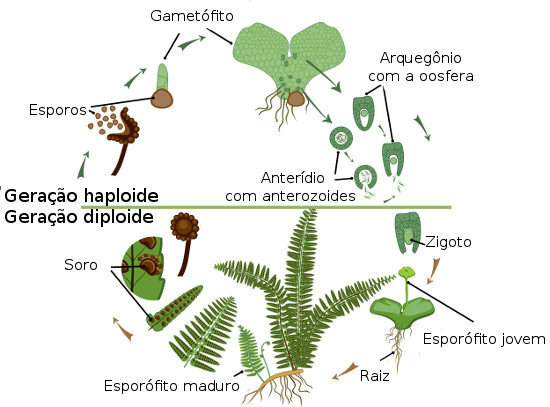We often hear our parents talking about the importance of eating vegetables. ButHave you ever wondered what health benefits these foods can bring? Today we will talk about fibers, a product of plant cells that helps with the functioning of our intestines.
Fibers are residues of plant cells that, with the exception of lignin, can be classified as carbohydrates. The main types of fibers are part of the group of polysaccharides - carbohydrates made up of a large amount of molecules
The human digestive system is incapable of digesting fibers, due to the absence of enzymes capable of carrying out this process. However, despite not being digested, this does not mean that we should not consume them, since fibers are of fundamental importance for the body. They are related, among other functions, to the improvement in intestinal transit, prevention of cardiovascular disease and diabetes and reduction in cholesterol levels. Furthermore, as they do not undergo the digestion process, can help with weight loss.
Fibers can be classified into two main groups: soluble and insoluble. At soluble dietary fiber they undergo the process of fermentation in the intestine and form a gel in the stomach. They improve bowel function, lower cholesterol and help prevent bowel cancer. In addition, they increase the time food remains in the stomach, an action that promotes an improvement in digestion. They can be found in fruits, vegetables, legumes and oats.
At insoluble dietary fiber, in turn, are not completely fermented and carry out this process slowly. One of the main characteristics of these fibers is their ability to retain water, which helps in the elimination of feces and prevents intestinal constipation. In addition, these fibers help to increase fecal bulk and encourage proper bowel function. They can be found in vegetables, wheat bran and cereals.
Faced with so many benefits, it is essential that people increasingly make use of products of plant origin, always choosing to eat them raw. Currently, the recommendation is that an average of 14 grams of fiber be ingested for every 1000 kcal ingested. However, these values can vary according to age, sex and pregnancy, for example.
It is important to highlight that foods rich in fiber, if eaten in excess, can cause some disorders. Therefore, it is important to consume them without exaggeration and always hydrate properly to avoid problems. Between the inconveniences generated by the excessive intake of fiber, we can mention the increase in gas and the feeling of bloating.
By Ma. Vanessa dos Santos



